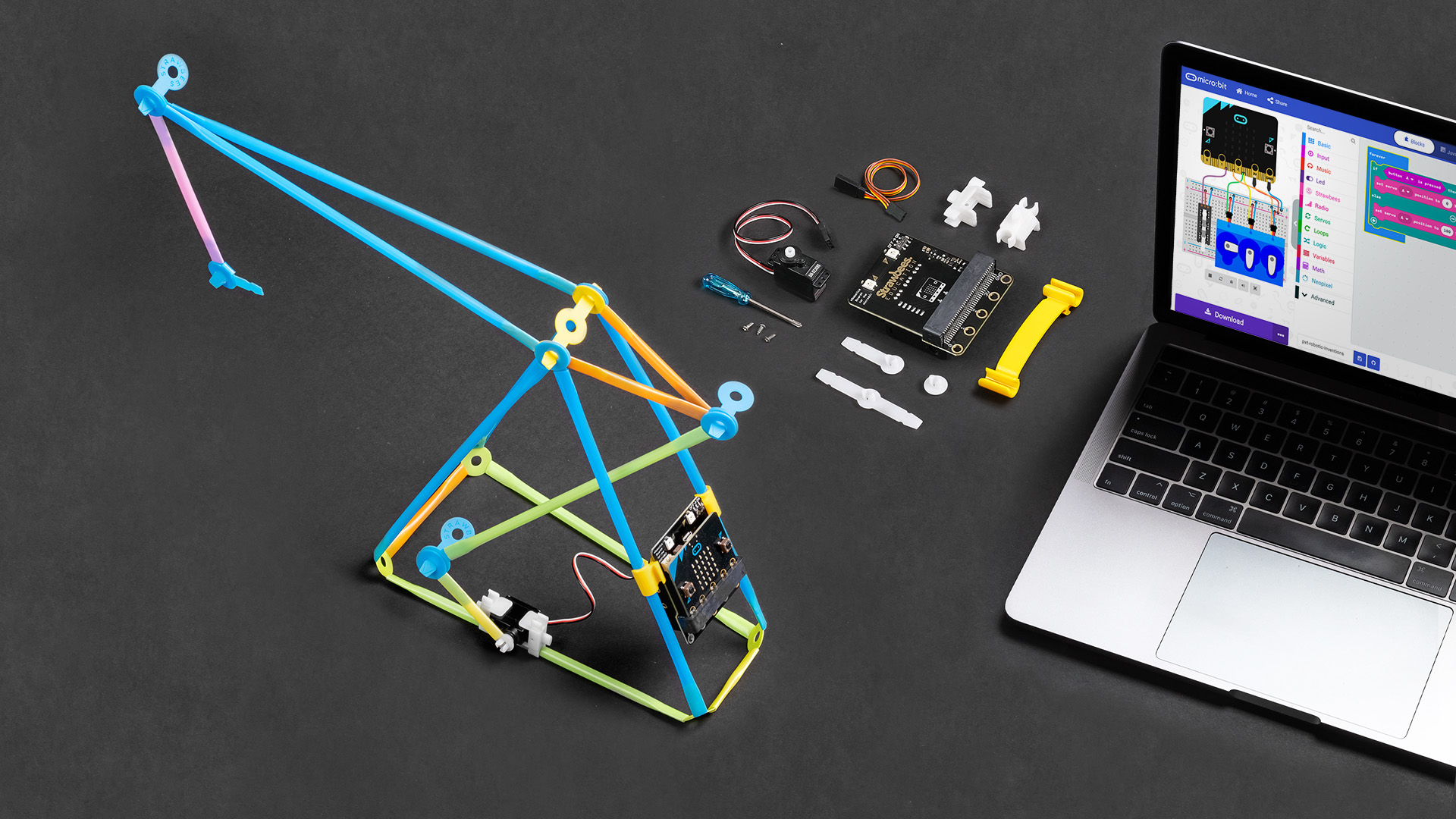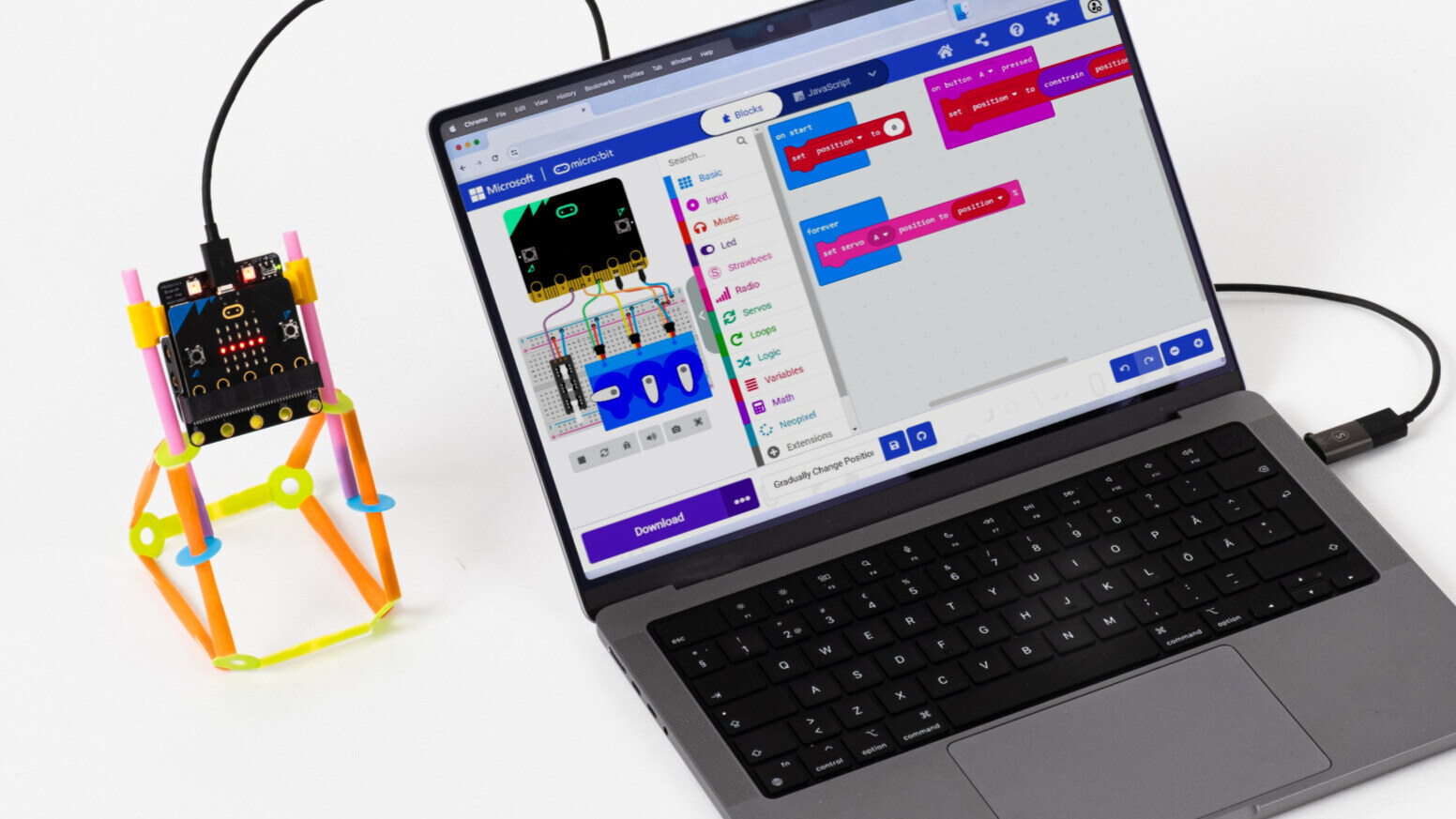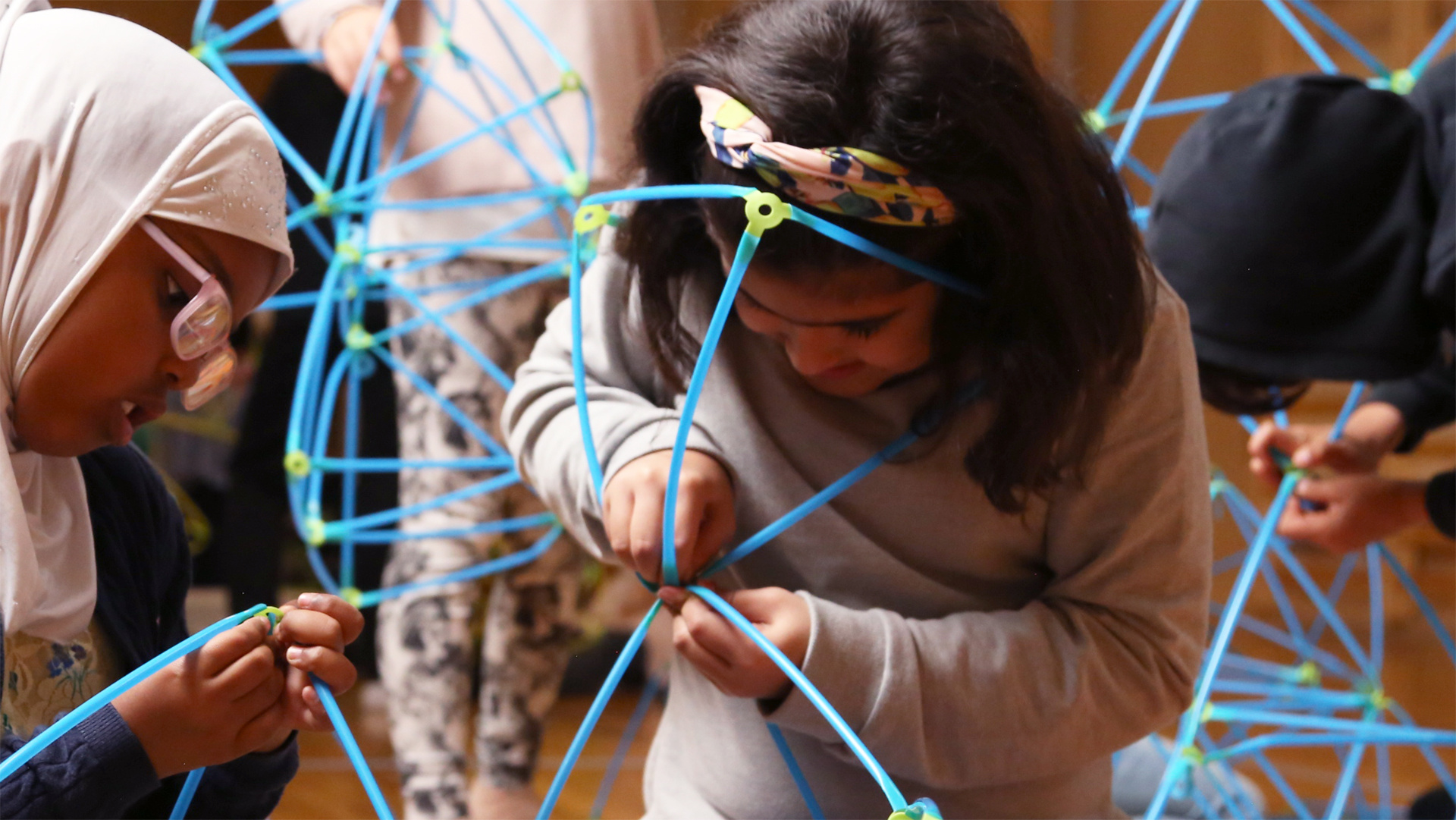Sparking Curiosity: The Benefits of Coding in Primary Schools and How to Get Started
In this article, we're going to take a look at how to get started and spark learners' curiosity in coding, the benefits this can bring to learners and the transformative impact this can have for schools when implemented successfully.
Coding isn't just about creating the next big app or developing Artificial Intelligence (AI), it's a vital skill that nurtures problem-solving, creativity, and logical thinking - all of which are highly beneficial for young learners.
The Benefits of Coding in Primary Schools
1. Enhances Problem-Solving Skills
Coding is like solving a puzzle where every piece needs to fit perfectly. It challenges learners to think logically, breaking down complex problems into manageable steps. When learners write code, they learn to approach problems methodically:
Algorithmic Thinking: Coding requires learners to create step-by-step solutions, enhancing their ability to think in sequences and understand cause-and-effect relationships.
Debugging: Finding and fixing errors in code teaches perseverance. If a piece of code doesn't work, there is huge satisfaction in figuring out why and how to fix it.
Resilience: Every coding error becomes a learning opportunity, fostering a growth mindset where mistakes are seen as a natural part of the learning process. This is part of the Strawbees ethos as co-founder and Inventor of Strawbees Erik Boji Thorstensson explained in a recently published article: Getting to know Strawbees, “...it can be a five-minute build where something went wrong but then became awesome - like the inverted umbrella that became a parasol instead. To show examples of small failures that became very interesting, seeds of innovations!’
2. Fosters Creativity
Coding isn't just about algorithms; it's also a canvas for creativity. Learners can build games, animations, and stories, bringing their ideas to life through code. This fusion of logic and creativity is at the heart of STEAM education.
Storytelling: Learners can use a variety of platforms to animate stories, combining narrative skills with technical skills.
Game Design: Creating games allows learners to design characters, settings, and rules, blending artistic creativity with logical structuring.
Art and Music Integration: Coding projects can include creating digital art or composing music, encouraging learners to explore their artistic talents through technology.
3. Encourages Collaboration
Many coding projects are inherently collaborative, teaching learners the importance of teamwork. Whether they're debugging code or creating a new project, learners learn to communicate effectively and work together to achieve their goals.
Pair Programming: Two learners work together at one computer, alternating roles between writing code and reviewing it. This practice improves collaboration and communication.
Project-Based Learning: Group coding projects require learners to divide tasks, share ideas, and integrate different parts of a project, mimicking real-world tech team environments.
Peer Review: Learners review each other’s code, providing constructive feedback and learning to articulate their thought processes.
4. Builds Confidence
Successfully creating a working piece of code can boost a learner's confidence immensely. It teaches them that they can solve problems and create things that work, reinforcing a positive attitude toward learning and self-efficacy.
Achievement: Completing a coding project, no matter how simple, gives learners a tangible sense of accomplishment.
Problem Ownership: Learners take ownership of their projects, boosting their confidence when they see their ideas come to life through their efforts.
Presentations and Demonstrations: Sharing their projects with classmates or at school events reinforces their pride in their work and encourages them to take on new challenges.
5. Prepares for the Future
As technology becomes increasingly integral to our lives, coding skills are becoming essential. Introducing coding at a primary level prepares learners for future educational and career opportunities in a tech-driven world.
Career Readiness: Many future jobs will require coding skills. Early exposure gives learners a head start in the job market.
Tech Literacy: Understanding how technology works empowers learners to be more than just consumers of technology—they become creators.
Adaptability: Coding teaches skills that are transferable to many fields, such as logical thinking, problem-solving, and project management.
6. Links to Core Subjects
Coding naturally integrates with STEAM subjects like mathematics and science. Concepts such as variables, sequences, and loops reinforce mathematical thinking, while coding projects can bring scientific concepts to life.
Mathematics: Coding reinforces mathematical concepts like variables, functions, and logic. For instance, creating animations requires an understanding of geometry and coordinates.
Science: Simulating scientific experiments through code helps learners visualise and understand complex scientific principles. Coding projects can model real-world scientific phenomena, making abstract concepts tangible.
Cross-Disciplinary Projects: Coding can be used to create projects that integrate multiple subjects, such as building a weather station (science and technology) or a historical timeline (history and coding).
How to Get Started with Coding in Primary Schools
Introducing coding to primary learners might seem daunting, but it doesn't have to be. Here's a step-by-step approach to get you started:
1. Start with Visual Programming Languages
micro:bit: Originally created as part of the BBC’s Make It Digital initiative, launched in 2014, micro:bit is a fantastic free computer board, ideal for introducing young learners to coding. It uses a visual programming language software such as Microsoft MakeCode where learners can drag and drop blocks and make the micro:bit board come to life. It's an excellent introduction to the logic of coding without the complexity of text-based code and is compatible with Starwbees builds and designs such as a moving crane or dancing robot.
National Curriculum for England: micro:bit and their partners align well with the National Curriculum, which encourages pupils to understand and apply the fundamental principles of computer science.
Curriculum for Excellence in Scotland: Similarly, micro:bit and their partners support the principles of the Curriculum for Excellence by promoting creativity, problem-solving, and collaborative learning.
2. Introduce Unplugged Activities
Unplugged activities are coding exercises that don't require a computer. These activities help learners understand coding concepts through hands-on, playful learning. For example, you can use simple instructions to navigate a "robot" (another learner) through a maze.
Resources: Websites like Code.org (and Strawbees Pocketful of Ideas) offer numerous unplugged activities that are easy to integrate into your lessons.
3. Use Simple Robotics Kits
Bee-Bots and Blue-Bots: These programmable floor robots are perfect for young children. Learners can program them using simple commands to move in different directions, helping them understand sequencing and algorithms.
National Curriculum for England: Using robots supports the goal of teaching logical reasoning and debugging in key stages 1 and 2.
Curriculum for Excellence in Scotland: Robotics activities align with the curriculum's emphasis on technology and creative problem-solving.
4. Explore Online Coding Platforms
Code.org: This platform offers a range of coding courses tailored to different age groups. The courses are designed to be engaging and fun, with activities themed around popular characters and games.
Tynker: Another excellent resource, Tynker offers game-based learning that helps learners grasp coding concepts through play.
SumDog: Although squarely focused on Maths and Spelling, with a focus on narrowing the attainment gap within these core subjects, the games-based platform helps learners get to grips with numeracy and language, both fundamental for coding.
5. Integrate Coding with Other Subjects
Combine coding with subjects like art, music, and storytelling (The ‘A’ in STEAM) to create interdisciplinary projects. For example, learners can use coding to animate a story they've written in an English class or create digital artwork in an art class.
6. Professional Development for Teachers
It's important for teachers to feel confident in teaching coding. Many organisations offer professional development courses and workshops. For instance, Strawbees Classroom has an entire Teacher Support library that includes professional learning articles, webinars, and guides, breaking down knowledge barriers and offering the best instructional practices for your Classroom.
7. Foster a Growth Mindset
Encourage learners to view challenges as opportunities to learn and grow. Coding often involves trial and error, and fostering a growth mindset helps learners embrace this iterative process. Remember,
“A lot of the time we talk about there being no right or wrong, but there are right or wrong answers to given tasks, but something that is seen as wrong in one context can be right in another context.”
Erik Boji Thorstensson, Co-Founder and Inventor of Strawbees
Conclusion: Coding - A Gateway to Endless Possibilities
Coding in primary schools opens up a world of possibilities for young learners. It equips them with essential 21st-century skills and nurtures creativity, collaboration, and a love for learning. By starting with visual programming languages, unplugged activities, and simple robotics, you can make coding an exciting and integral part of your curriculum.
As educators, let's harness the power of coding to inspire and empower our learners. Whether you're following the National Curriculum for England or the Curriculum for Excellence in Scotland, the journey of coding is a step towards creating innovative, resilient, and confident learners.
You May Also Like
These Related Stories

Getting Started with STEAM and Coding in Classrooms: A Guide for Educators

Unleashing Innovation: Teaching Coding in Primary Schools – Benefits & How to Start


